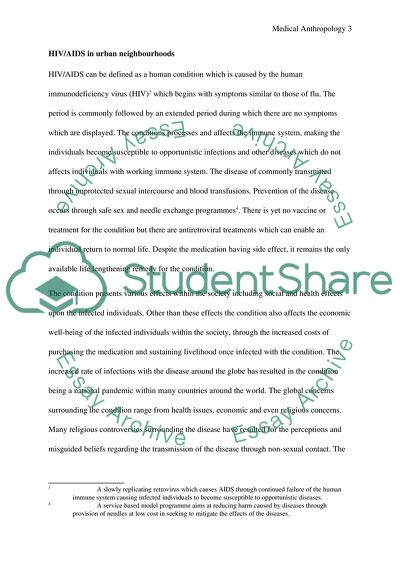Cite this document
(Medical Anthropology Coursework Example | Topics and Well Written Essays - 2250 words, n.d.)
Medical Anthropology Coursework Example | Topics and Well Written Essays - 2250 words. https://studentshare.org/anthropology/1828454-medical-anthropology
Medical Anthropology Coursework Example | Topics and Well Written Essays - 2250 words. https://studentshare.org/anthropology/1828454-medical-anthropology
(Medical Anthropology Coursework Example | Topics and Well Written Essays - 2250 Words)
Medical Anthropology Coursework Example | Topics and Well Written Essays - 2250 Words. https://studentshare.org/anthropology/1828454-medical-anthropology.
Medical Anthropology Coursework Example | Topics and Well Written Essays - 2250 Words. https://studentshare.org/anthropology/1828454-medical-anthropology.
“Medical Anthropology Coursework Example | Topics and Well Written Essays - 2250 Words”. https://studentshare.org/anthropology/1828454-medical-anthropology.


